Many region and cities in the Philippines, including twelve (16) regions and 142 cities. Each city has its own unique development, and most of it still needs to have developed. If you are looking for opportunities, urban promotion in these regions or cities has improved. People living in every city are friendly and will give you many smiles.

Philippines Regions:
ARMM (Autonomous Region in Muslim Mindanao)
The Autonomous Region in Muslim Mindanao (ARMM) is a part of the Mindanao Islands. It composed of the Muslim provinces, Basilan (except Isabela), Lanao del Sur, Sulu, Maguindanao, and Tawi-Tawi.
The ARMM region is the only region in the Philippines that has its own government. The capital of the region established in Cotabato, although the city is not within its jurisdiction.
The Best Region And Cities Form The Philippines Country
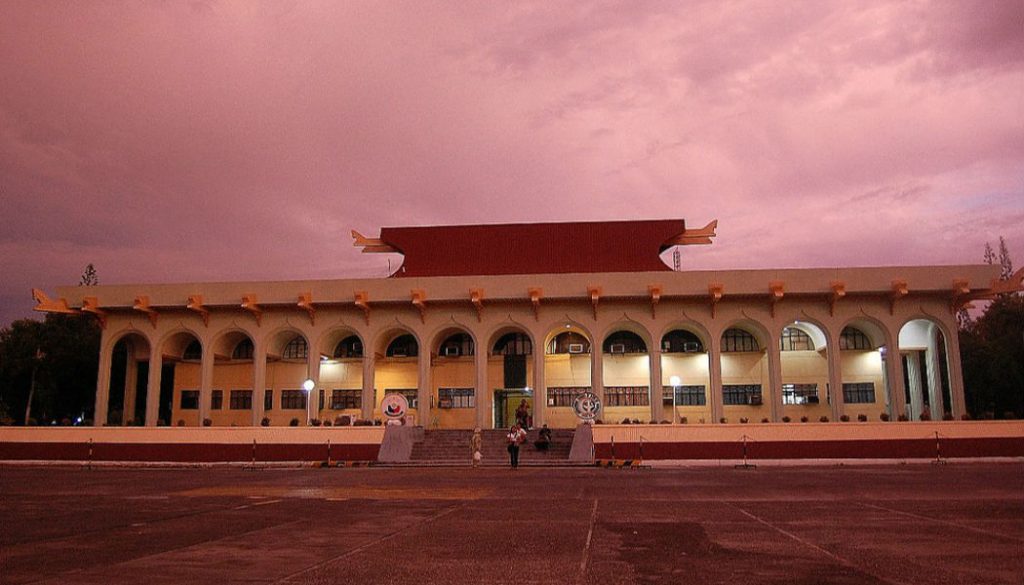
The cities in the ARMM region are:
Lamitan City, Marawi City
Waterfront Insular Hotel Davao, Davao City, Philippines
CAR (Cordillera Administrative Region)
The Cordillera Administrative Region (CAR) composed of Abra, Apayao, Benguet, Ifugao, Kalinga, and Mountain Province. Baguio City as a regional center. The region includes most of the country’s largest mountain range, Cordillera Central Luzón. It is the only inland region in the country. Home too many tribes known as Igorot.
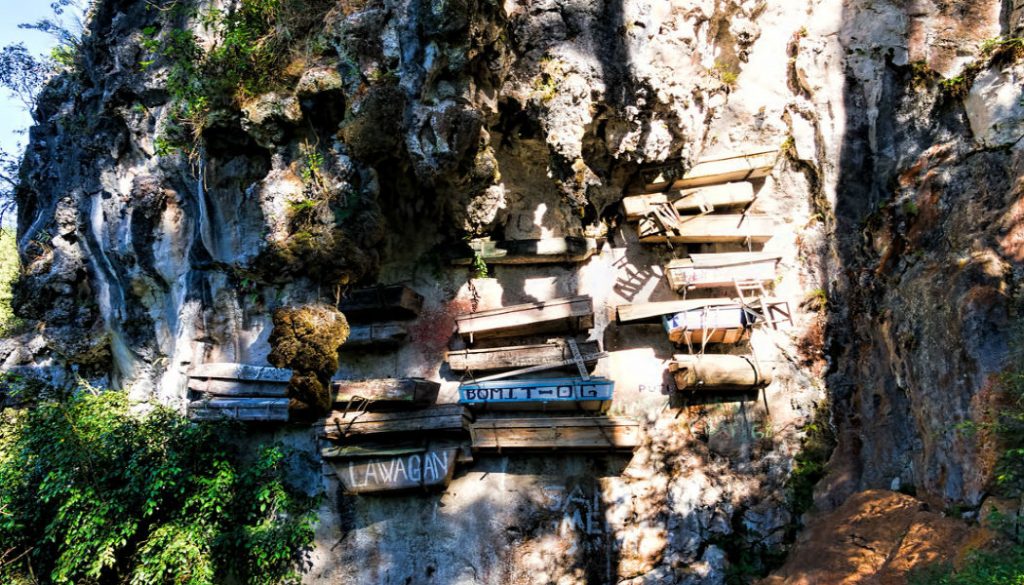
Cities in the CAR Region are:
Baguio City, Tabuk City
NCR (National Capital Region)
The National Capital Region (Metro Metropolis). It’s the most populous of twelve metropolitan areas defined by the Philippines and eleventh most populous in the world. As of the 2010 census, the population was 11,855,975, accounting for 13% of the national population.
READ: Tour To The Philippines Experience Stunning Three Geographical Divisions Island
The regions the political, economic, social, cultural, and educational center of the Philippines. As announced by Presidential Decree No. 940. The metropolis of Manila is the seat of the Philippine government, while the city of Manila is the capital.
Cities Form The Philippines Country
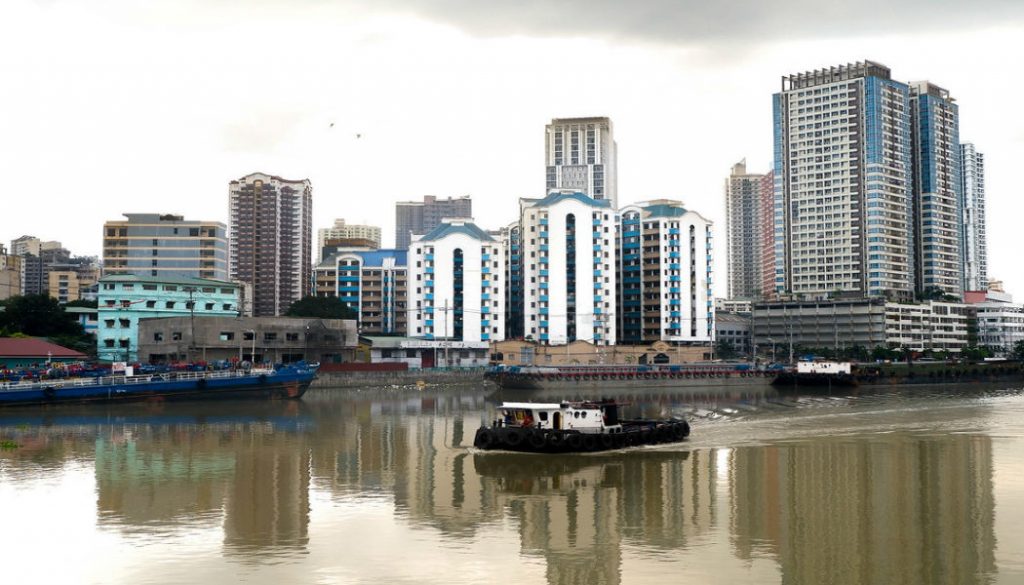
The cities that form the NCR Region are:
Manila City, Makati City, Caloocan City, Las Piñas City, Mandaluyong City, Marikina City, Malabon City, Muntinlupa City, Parañaque City, Pasig City, Navotas City, Pasay City, Quezon City, San Juan City, Taguig City, and Valenzuela City.
Region 1 (Ilocos Region)
District 1, known as the Ilocos region, in the northwestern part of Luzon. It limits the eastern and mountainous administrative regions. The Cagayan Valley and the part south of Central Luzon. in the west is the South China Sea.
The zone comprises four provinces: Ilocos Norte, Ilocos Sur, La Union, and Pangasinan. Its regional center in San Fernando, La Unión.
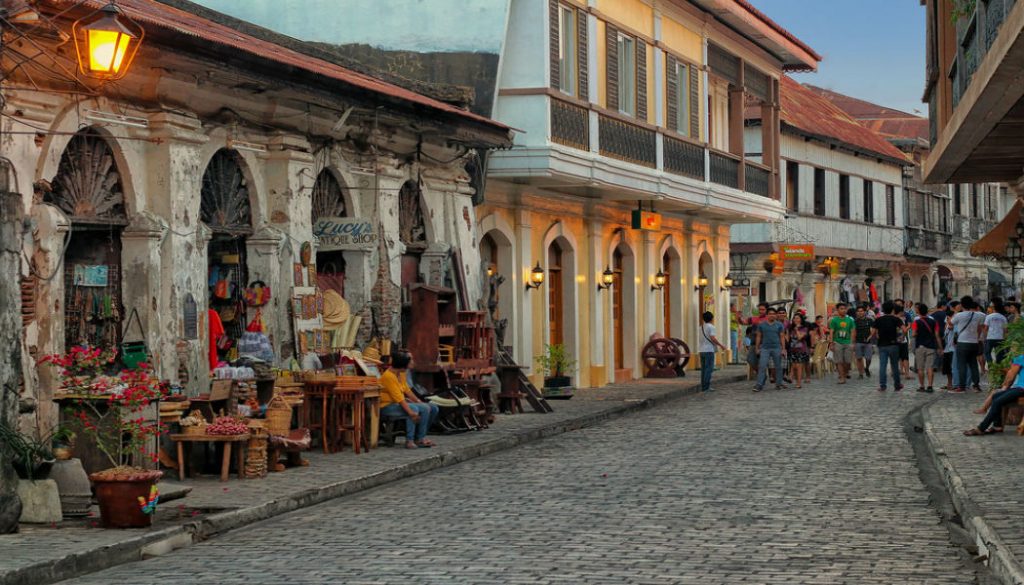
The cities make up Ilocos Regions are:
Candon City, Batac City, Laoag City, Vigan City, San Fernando City, San Carlos City, Urdaneta City, Alaminos City, Dagupan City,
Region 2 (Cagayan Valley)
The Cagayan Valley is the largest surface section of the Earth in the Philippines. It comprises five provinces: Batanes, Cagayan, Isabela, Nueva Vizcaya, and Quirino. Most zone in a large valley in the northeast of Luzon. Between the mountains and the mountains of the Madre Mountains. The country’s longest Cagayan River passes through its center. Flows to the Luzón Strait in the north, in the city of Aparri in Cagayan. The Babuyan and Batanes Islands in the Luzon Strait belong to the region.
Cities Form The Philippines Country
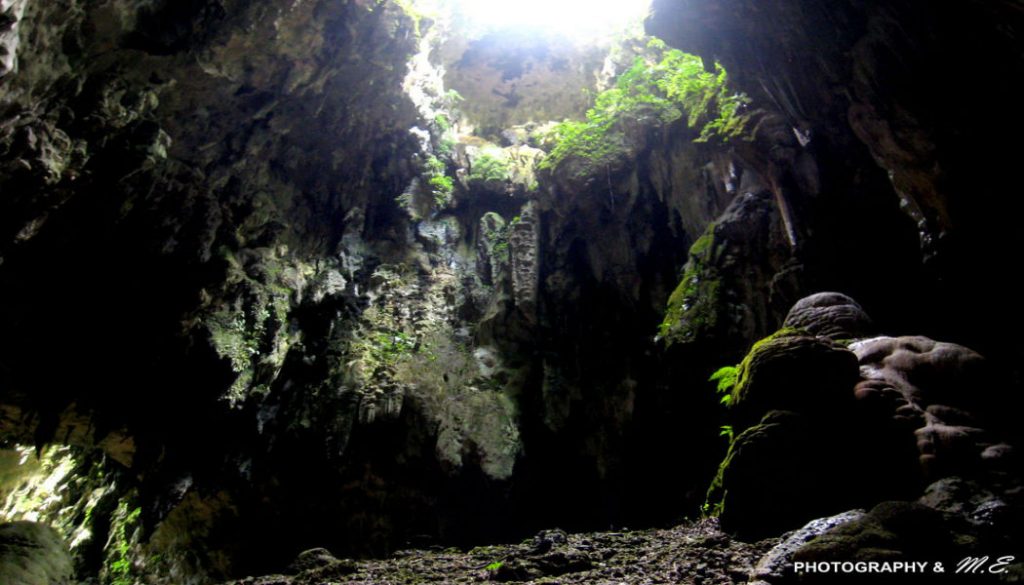
Here are the cities in the Cagayan Valley region;
Santiago City, Cauayan City, Ilagan City, Tuguegarao City.
Region 3 (Central)
The center of Luzon or the 3rd district aims to organize the seven provinces. Its vast central plain of Luzon (the largest island) to ease administration. The region the largest region in the country, producing most of the country’s rice supply. Has earned the nickname “Philippine Rice Barn”. Its provinces are Aurora, Bulacan, Bataan, Nueva Ecija, Tarlac, Pampanga, and Zambales.

The cities makeup and contribute to Central Luzon’s economy are:
Balanga City, Meycauayan City, Malolos City, Muñoz City, Gapan City, Cabanatuan City, Angeles City, San Jose del Monte City, Palayan City, Mabalacat City, San Fernando City, Olongapo City, Tarlac City, San Jose City.
Region 4A (CALABARZON)
CALABARZON made up of provinces such as Cavite, Laguna, Batangas, Rizal, and Quezon; acronyms derived from the first two letters of each province that form it.
The regions in the southwest of Luzon Island, the southern and eastern parts of the metropolis of Manila. Second most populated city. CALABARZON and MIMAROPA merged into Tagalog del Sur until they separated in 2002 according to Executive Order No. 103. Executive Order No. 246 of October 28, 2003, designated as Calamba City as the center of CALABARZON. The largest city in the Calabarzon regions. Second urbanized city the city of Antipolo, the city of Lucena. CALABARZON the most populous regions in the Philippines with a population of 12,609,803.
Cities Form The Philippines Country

The cities that comprises CALABARZON are:
Tanauan City, Bacoor City, Batangas City, Dasmariñas City, Imus City, Tagaytay City, Cavite City, Cabuyao City, Lipa City, San Pablo City, Santa Rosa City, Lucena City, Trece Martires City, Biñan City, Tayabas City, Antipolo City, Calamba City.
Region 4B (MIMAROPA)
MIMAROPA the administrative regions of the Philippines. One of two regions of the Philippines, no land borders in another. East Visayas and designated IV-B. The name of an abbreviation combines the names of the provinces, including Western Mindoro, Oriental Mindoro, Marinduque, Romblon, and Palawan. This region more known as the Southern Tagalog Islands.
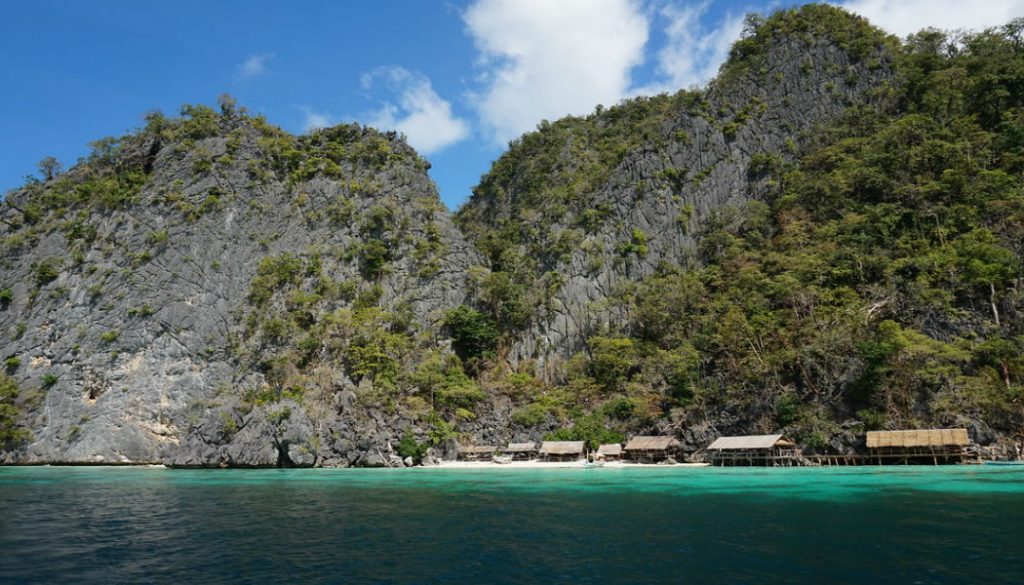
Today, two cities that makeup MIMAROPA Regions:
Calapan City, Puerto Princesa City.
Region 5 (Bicol Regions)
The Bicol region or region V (known as Bicolandia) is one of the 17 regions of the Philippines. Bicol (known as Bikol) comprises four provinces on the Bicol Peninsula, on the southeastern tip of Luzon Island. Two island provinces next to the peninsula. Its regional center is the city of Legazpi in the province of Albay. The region comprises 6 provinces, Albay, Camarines Norte, Sorsogon, Camarines Sur, and the two island provinces of Catanduanes and Masbate.

The regions adheres to cities:
Legazpi City, Ligao City, Tabaco City, Iriga City, Naga City, Masbate City, Sorsogon City.
Region 6 (Western Visayas)
Zone 6 comprises the Western Visayas. It comprises 6 provinces: Antique, Aklan, Negros Occidental, Guimaras, Capiz, and Iloilo. The center of the regional office is in the city of Iloilo. Among the 16 cities in the region, the largest number of cities, and two urbanized cities: Bacolod and Iloilo.
Cities Form The Philippines Country
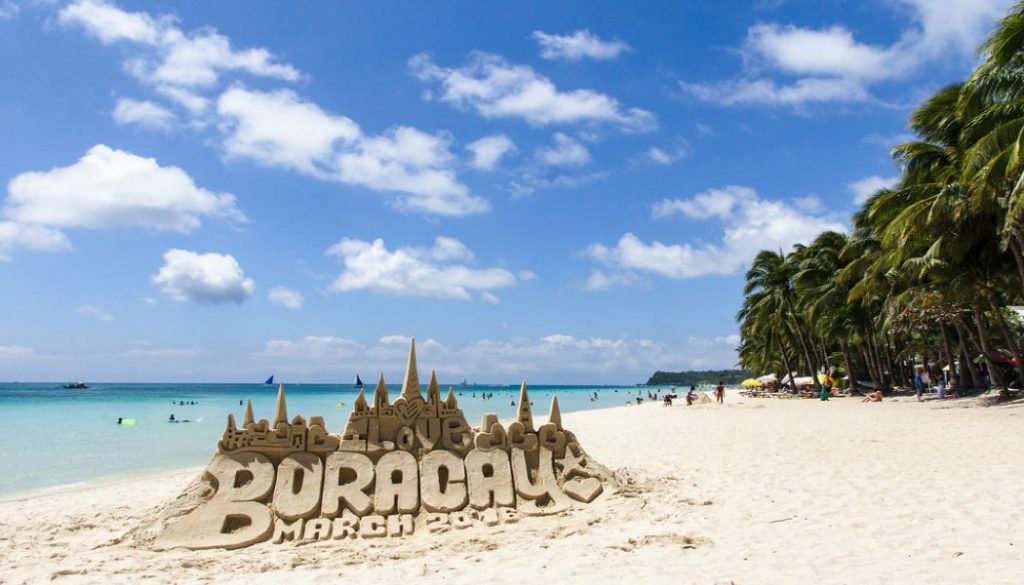
The cities that comprise the Western Visayans regions, known as the 6th district:
Bago City, Cadiz City, Roxas City, Iloilo City, Passi City, Bacolod City, Escalante City, La Carlota City, Himamaylan City, Kabankalan City, Sagay City, Sipalay City, San Carlos City, Silay City, Talisay City, and Victorias City.
Region 7 (Central Visayas)
The Central Visayas, designated as District VII, a part of the Philippines in the middle of the Visayas. It comprises four provinces (Bohol Island, Cebu, Negros Oriental, and Siquijor) and urbanized cities. The Lapu Lapu City, Mandaue City, and Cebu City. The region dominated by native speakers of Cebuano. Cebu City is its regional center.
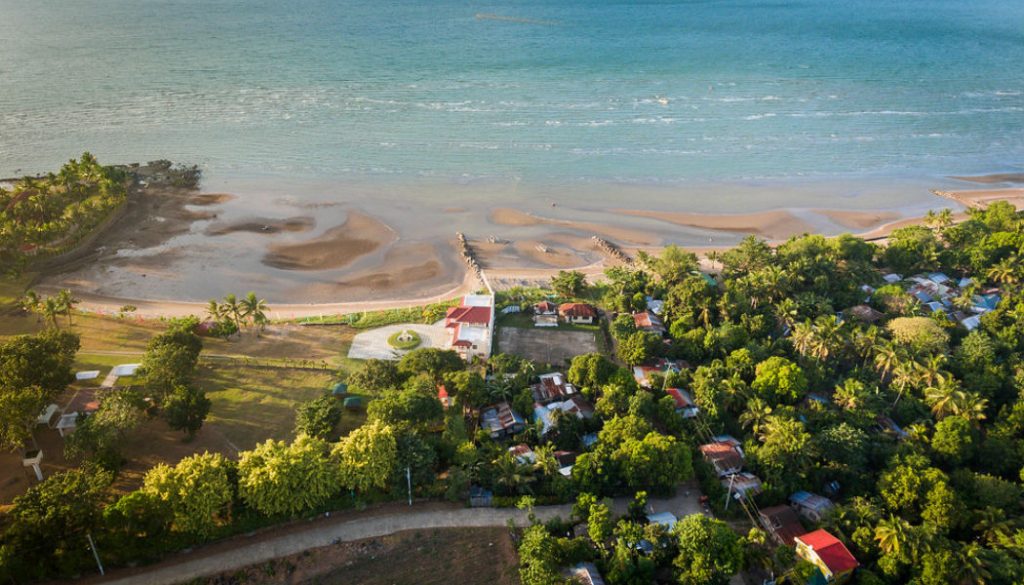
Up to now, 16 cities have completed the Central Visayas region; these are:
Carcar City, Tagbilaran City, Bogo City, Cebu City, Bais City, Bayawan City, Danao City, Lapu-Lapu City, Mandaue City, Naga City, Talisay City, Canlaon City, Guihulngan City, Dumaguete City, Tanjay City.
Region 8 (Eastern Visayas)
The East Visayas or the Eighth Region is one of two regions in the Philippines. No land borders in other regions and MIMAROPA is another region. It comprises two main islands, Leyte and Samar, connected by the famous San Juanico Bridge. It comprises six provinces, Biliran, East Samar, Leyte, North Samar, Samar, South Leyte.
The East Visayas faces the Pacific Ocean. The land part, 2,156,285 hectares. As of 2010, its population was 3,912,936.
Cities Form The Philippines Country

Seven cities have helped strengthen the region’s economy; these are:
Baybay City, Ormoc City, Tacloban City, Borongan City, Maasin City. Calbayog City, Catbalogan City.
Region 9 (Zamboanga Peninsula)
The Zamboanga Peninsula is a peninsula and administrative region of the Philippines. Its designated regions as the ninth district and comprises three provinces, Zamboanga del Norte, Zamboanga del Sur, and Zamboanga Sibugay. The district is known as West Mindanao before issuing Executive Order No. 36 on September 19, 2001. Pagadian City of the regional center.
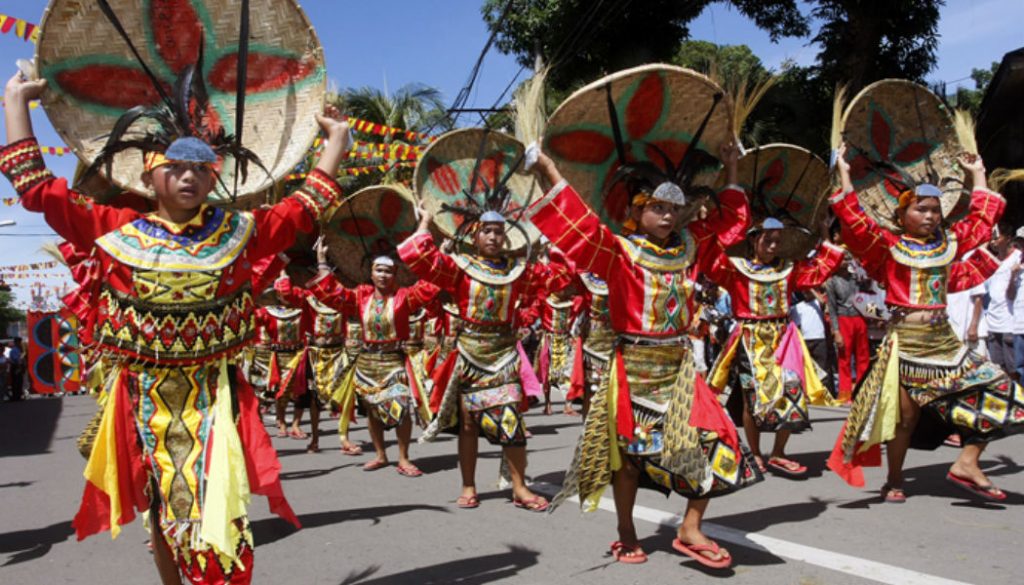
The city that makes up the Zamboanga Peninsula section, known as the 9th district, is:
Isabela City, Dapitan City, Dipolog City, Pagadian City, Zamboanga City.
X (Northern Mindanao)
Mindanao del Norte is a region of the Philippines comprising five provinces. Two cities classified as urbanized, occupying the north-central part of Mindanao, the island Province of Camiguin. Its regional center is the city of Cagayan de Oro. Executive Order No. 36, Lanao del Norte moved from District XII (then known as Central Mindanao) to Northern Mindanao.
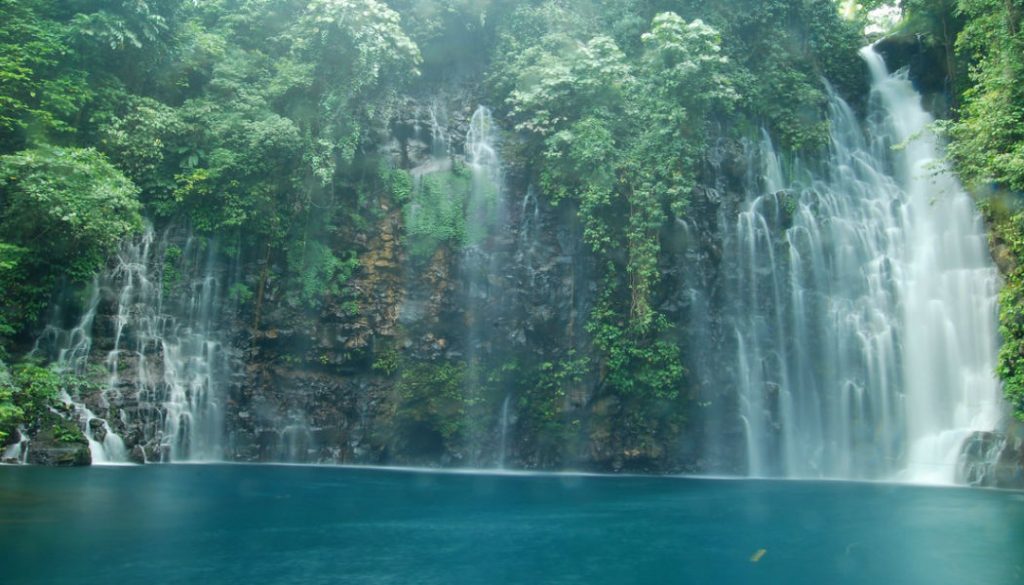
Its 10 cities occupying 10 districts, these cities are:
Malaybalay City, Valencia City, Iligan City, Oroquieta City, Ozamiz City, Tangub City, Cagayan de Oro City, El Salvador City, Gingoog City.
Region 11 (Davao Regions)
This region of Davao/Southern Mindanao designated as the 11th district. It has a part of the Philippines in the southeastern part of Mindanao. Davao regions comprise four provinces: Compostela Valley, Davao del Norte, Davao Oriental, and Davao del Sur. The space surrounded by Davao Bay and its regional center is Davao City. Davao is the Spanish pronunciation of dada-dada, and the word “fire” bagobo (Cebuano’s translation is “kalayo”).
Davao
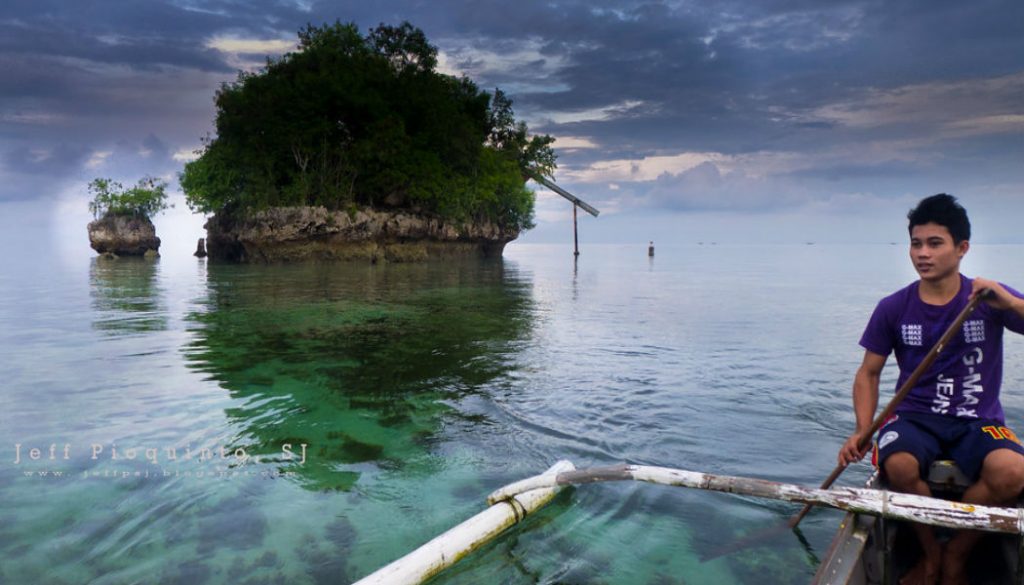
There are six (6) cities in the Davao regions:
Tagum City, Panabo City, Samal City, Digos City, Davao City, Mati City.
Region 12 (SOCCSKSARGEN)
SOCCSKSARGEN is a region of the Philippines, in the center of Mindanao, designated as the XII district. Its name an abbreviation for the four provinces of the regions and one city. Cotabato del Sur, Cotabato, Sultan Kudarat, Sarangani, and General Santos. The region is known for its original name, Central Mindanao. The regional center is in the city of Koronadal in the province of Cotabato del Sur.
Although the city of Cotabato within the province of Maguindanao, part of SOCCSKSARGEN and is independent of the province. In fact, Maguindanao is part of the Muslim Autonomous Region of Mindanao (ARMM), which headquartered in Cotabato. The provinces of SOCCSKSARGEN and Maguindanao were part of the original province of Cotabato.
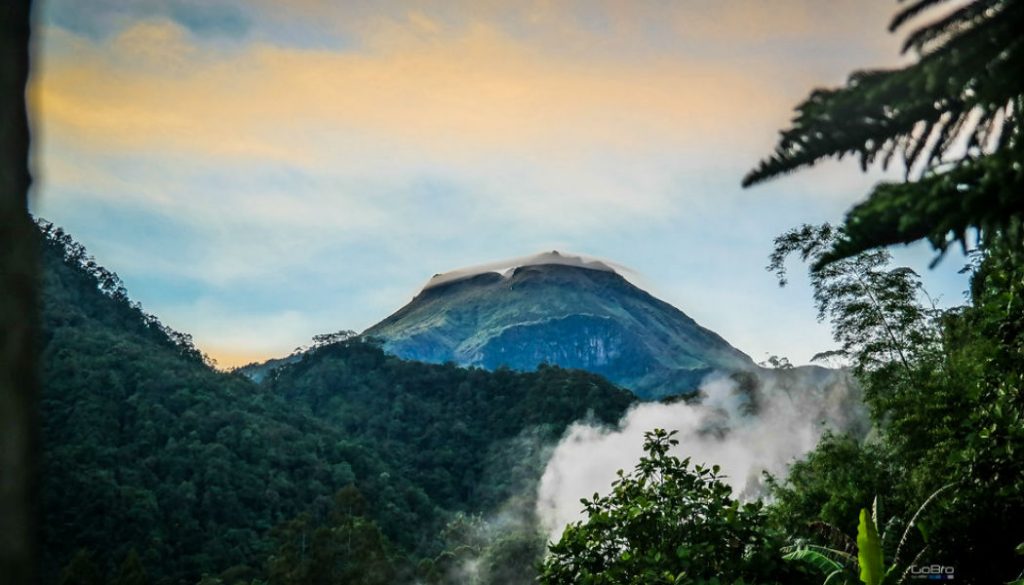
The five (5) cities in the region:
Kidapawan City, Cotabato City, General Santos City, Koronadal City, Tacurong City.
Region 13 (Caraga Region)
Caraga is an administrative region of the Philippines, in the northeastern part of Mindanao, known as the thirteenth district. The Caraga region established on 23 February 1995 by the Republic Act No. 7901. It comprises 5 provinces: Agusan del Norte, Surigao del Norte, Agusan del Sur, Dinagat, and Surigao del Sur
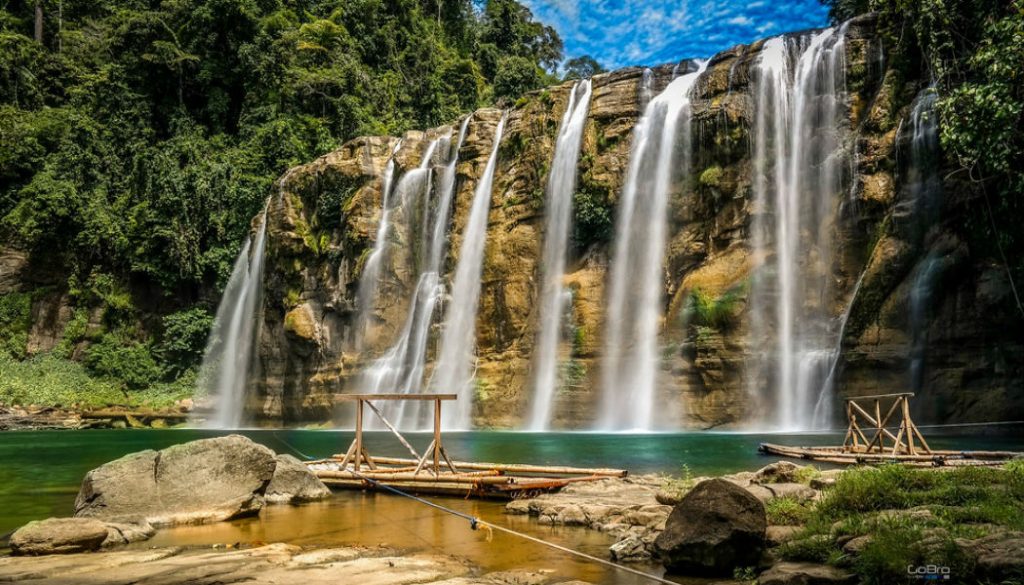
It has six cities:
Butuan City, Cabadbaran City, Bayugan City, Surigao City, Bislig City, Tandag City.
Philippine Flag


